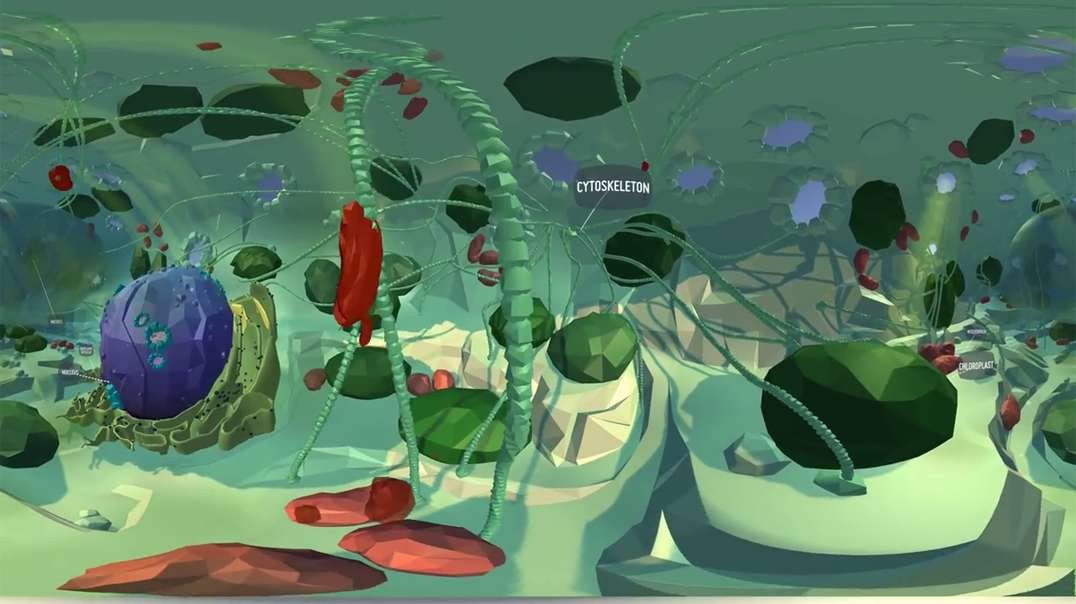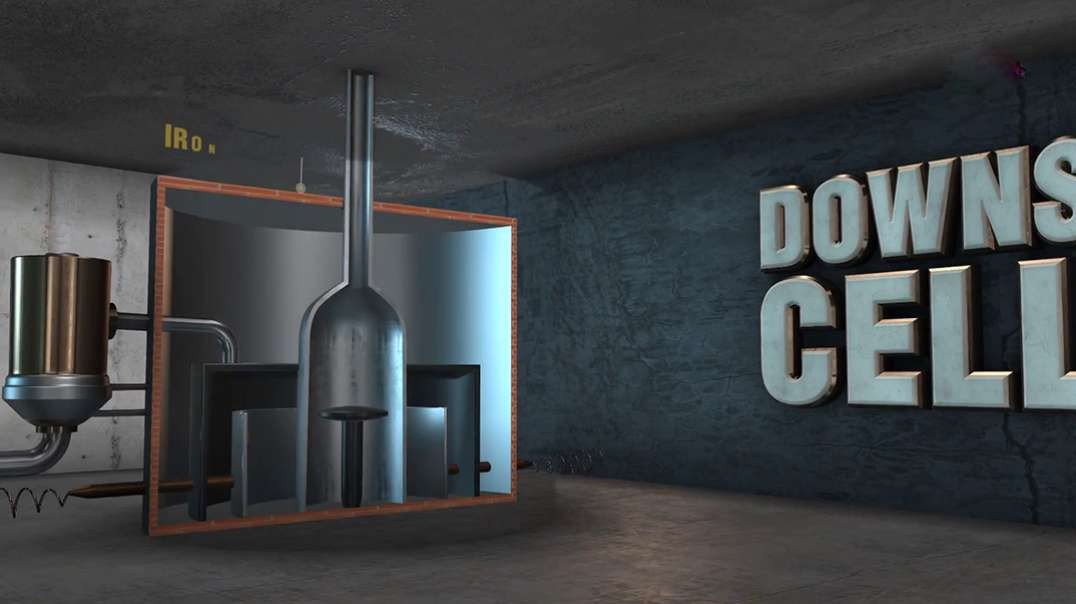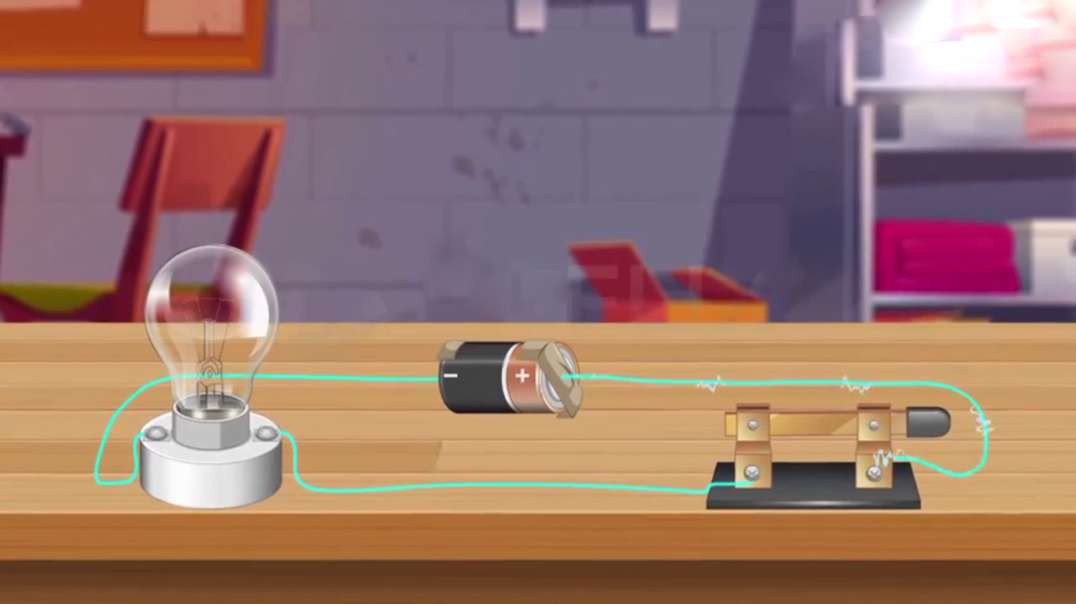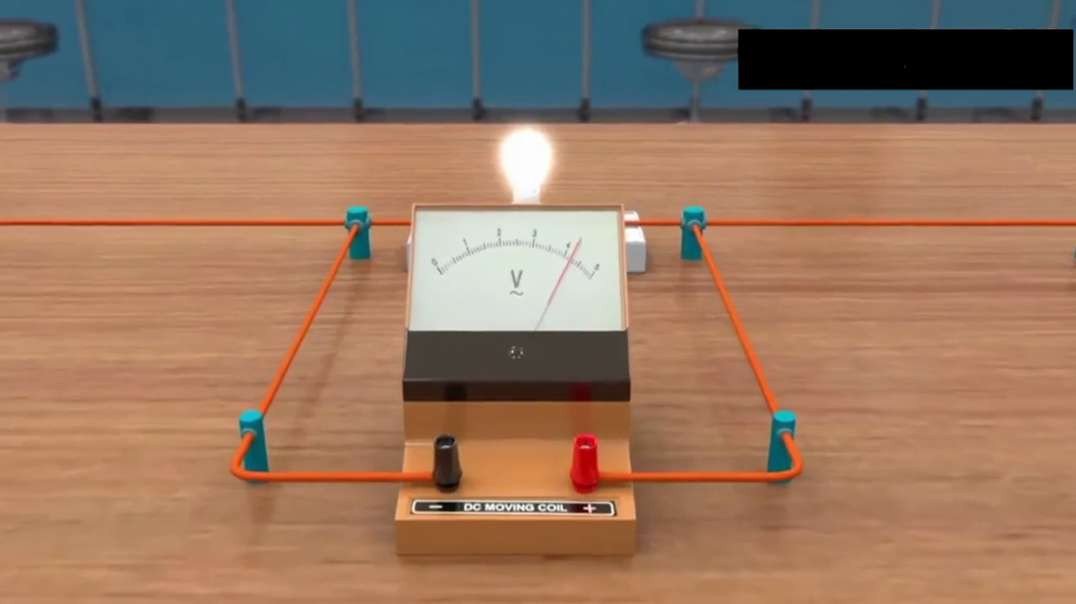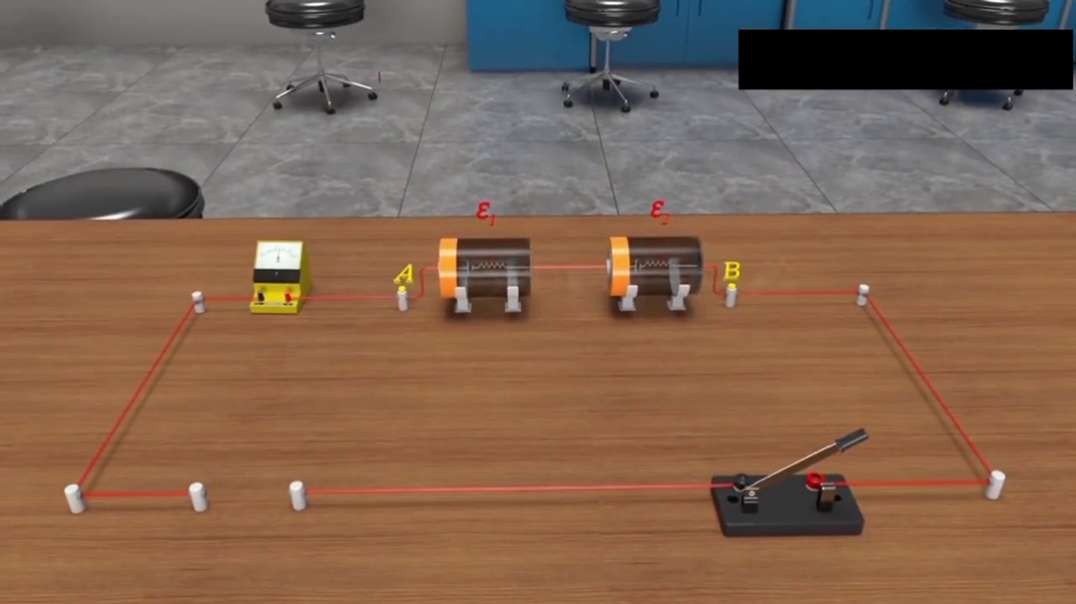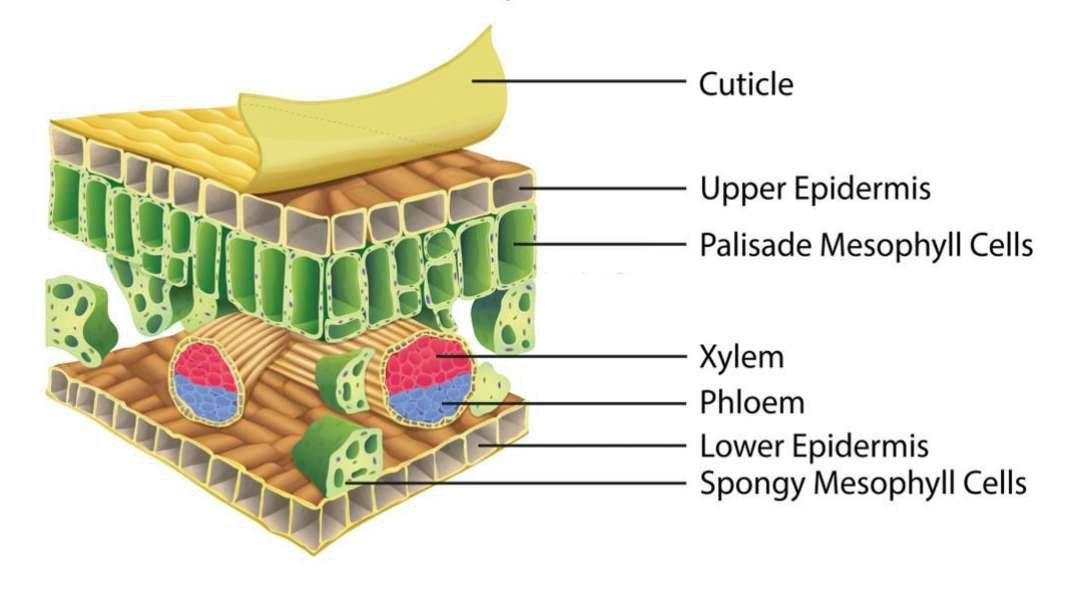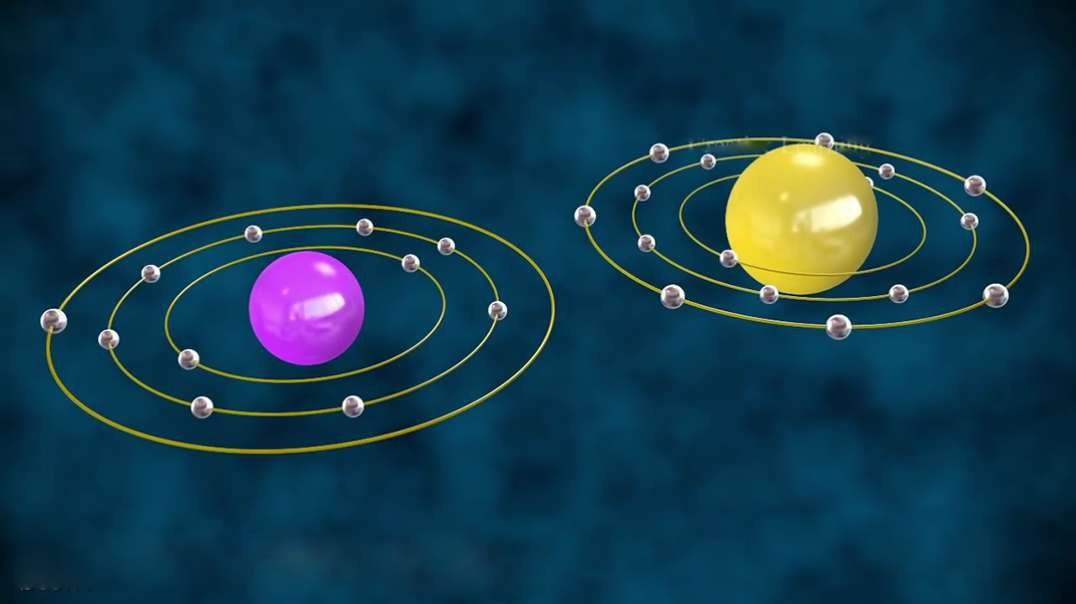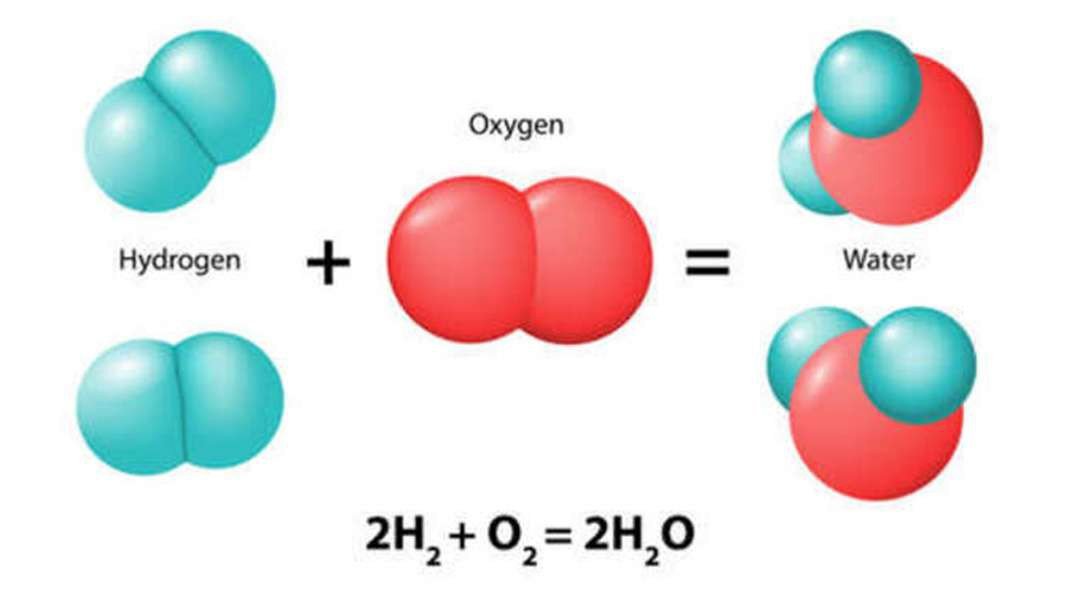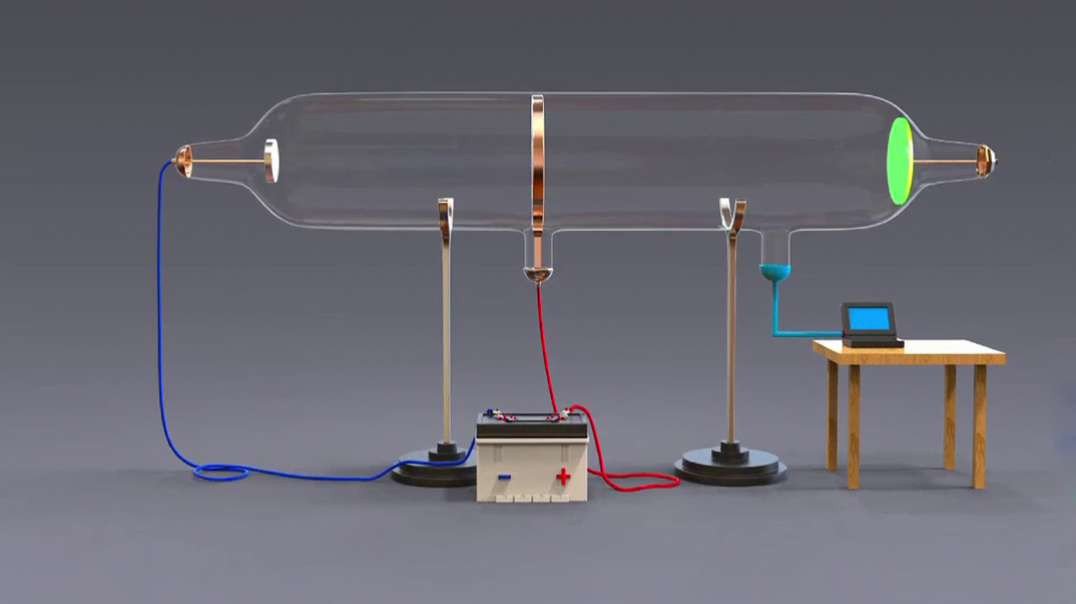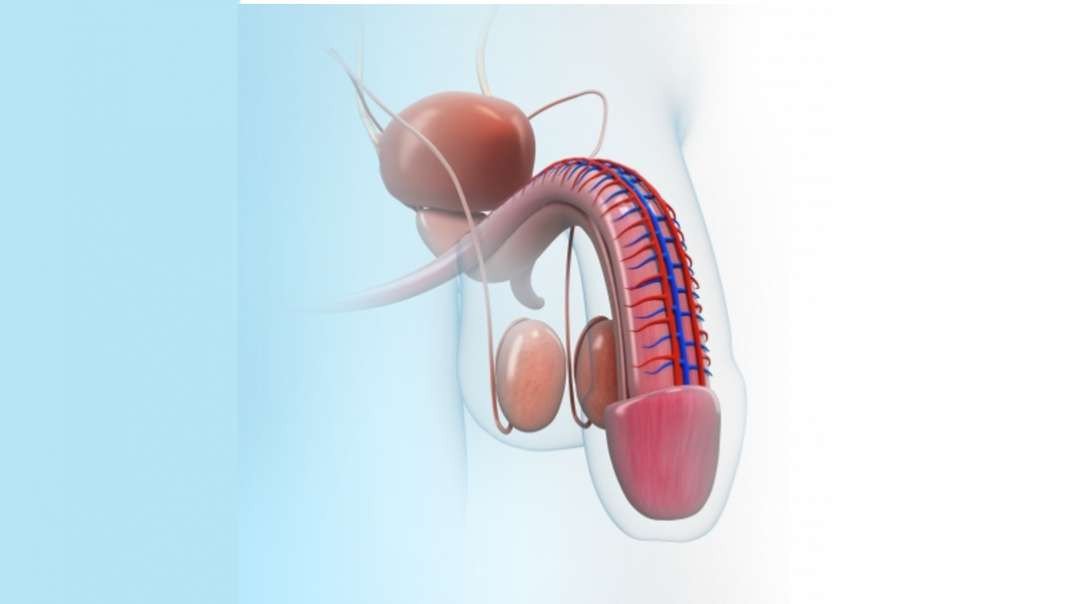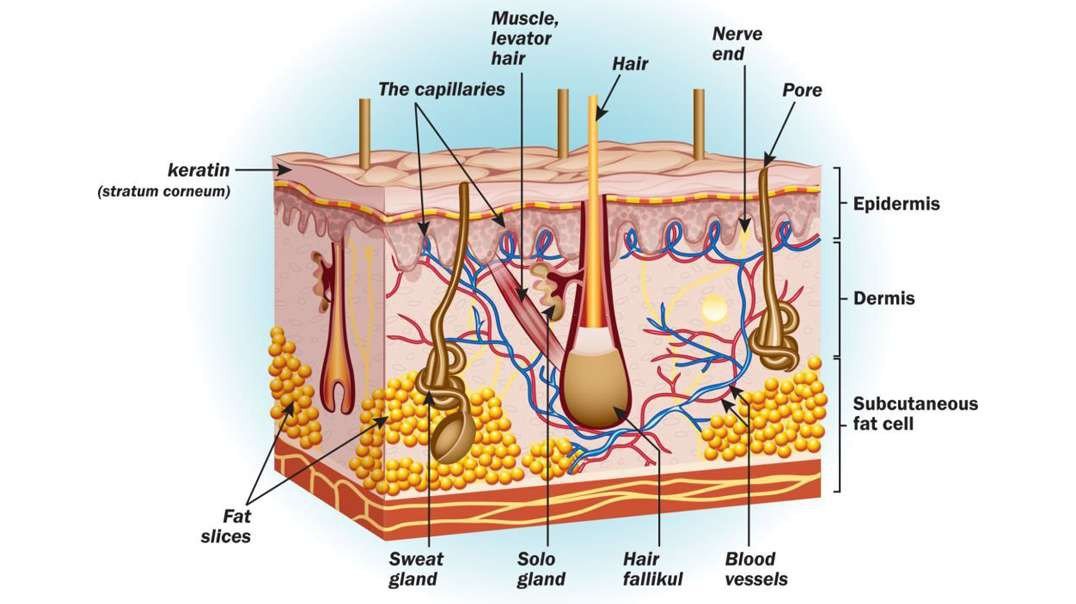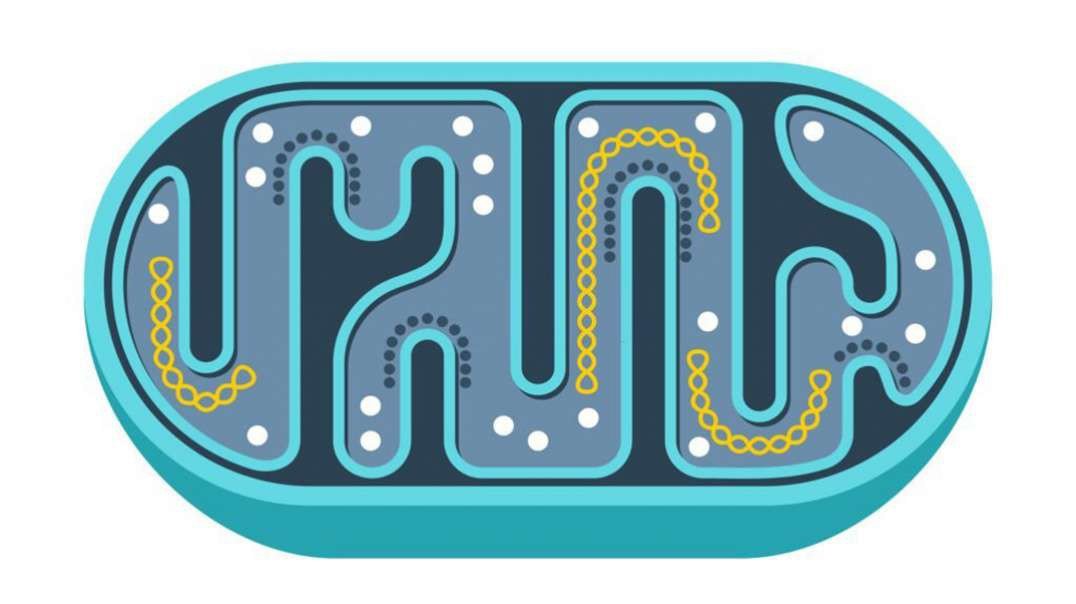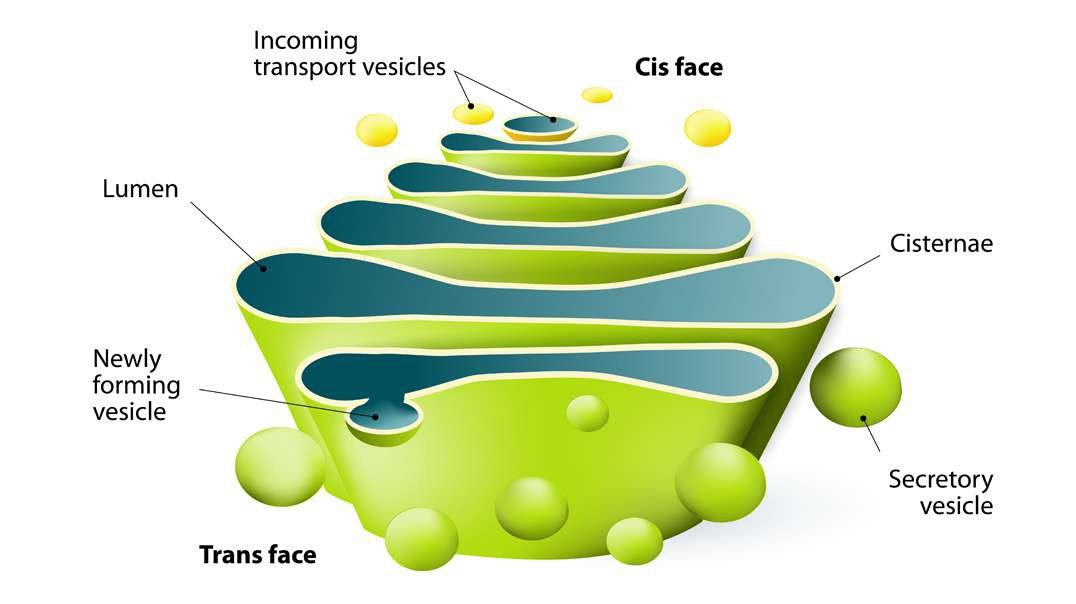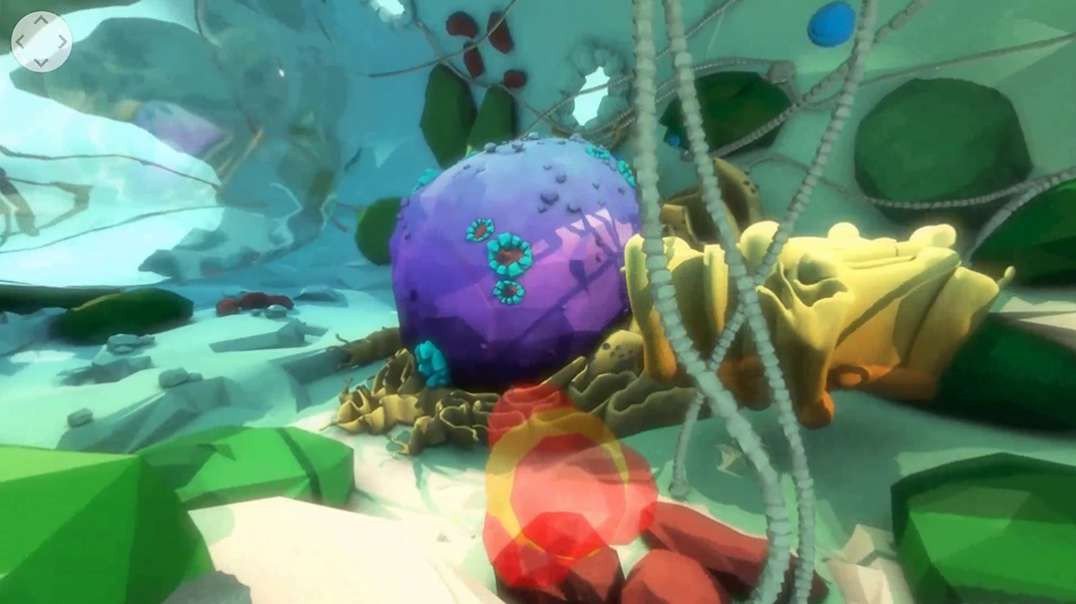
:
Cell membrane structure and components Membrane: Overview
The cell membrane (plasma membrane) is a thin semi-permeable membrane that surrounds the cytoplasm of a cell. Its function is to protect the integrity of the interior of the cell by allowing certain substances into the cell while keeping other substances out. It also serves as a base of attachment for the cytoskeleton in some organisms and the cell wall in others. Thus the cell membrane also serves to help support the cell and help maintain its shape.
Another function of the membrane is to regulate cell growth through the balance of endocytosis and exocytosis. In endocytosis, lipids and proteins are removed from the cell membrane as substances are internalized. In exocytosis, vesicles containing lipids and proteins fuse with the cell membrane increasing cell size. Animal cells, plant cells, prokaryotic cells, and fungal cells have plasma membranes. Internal organelles are also encased by membranes.
